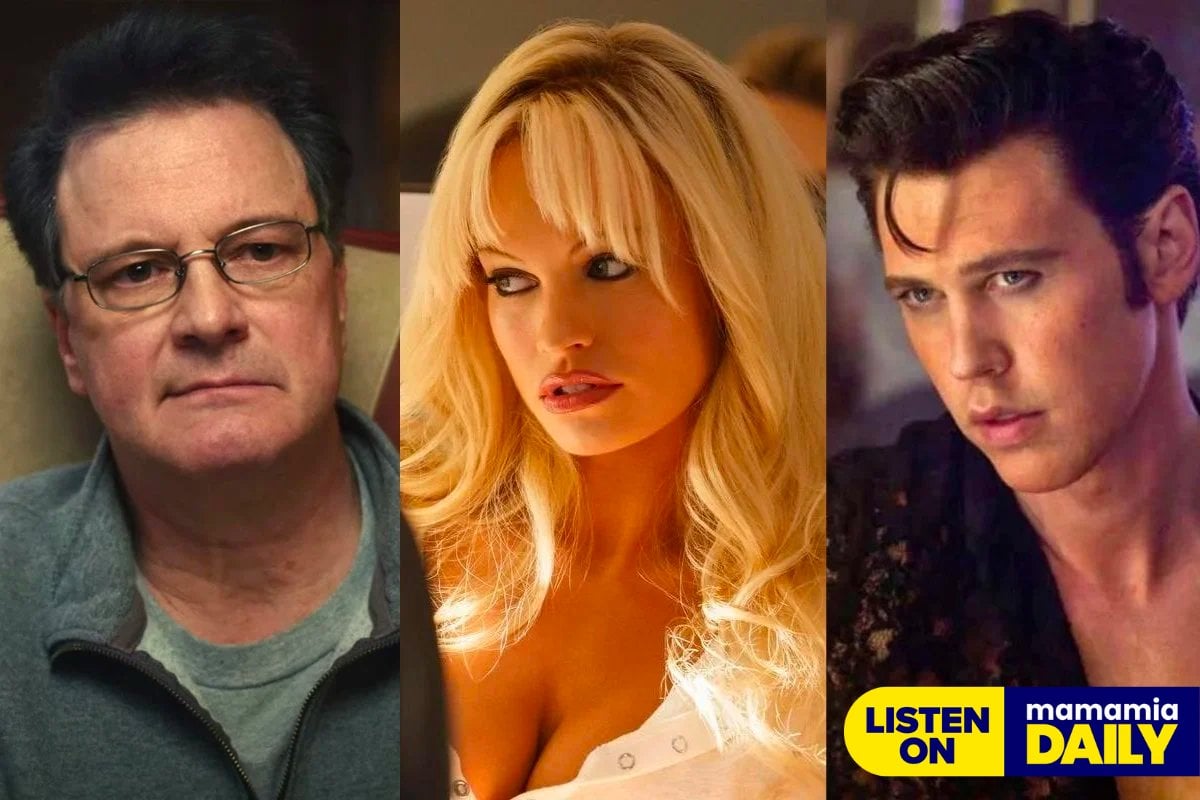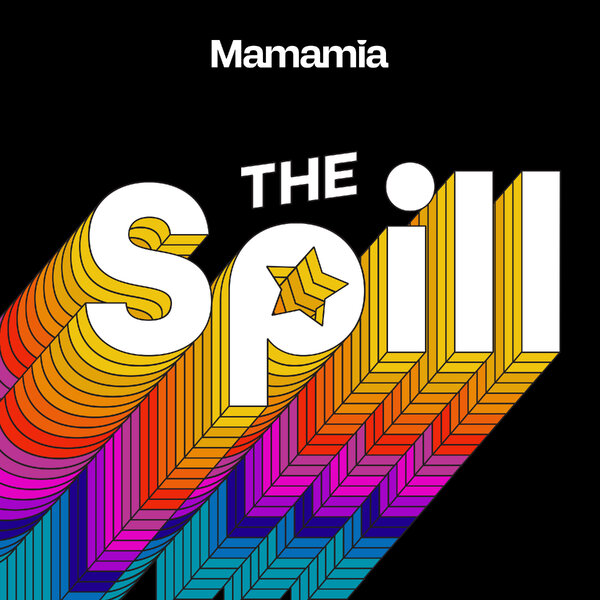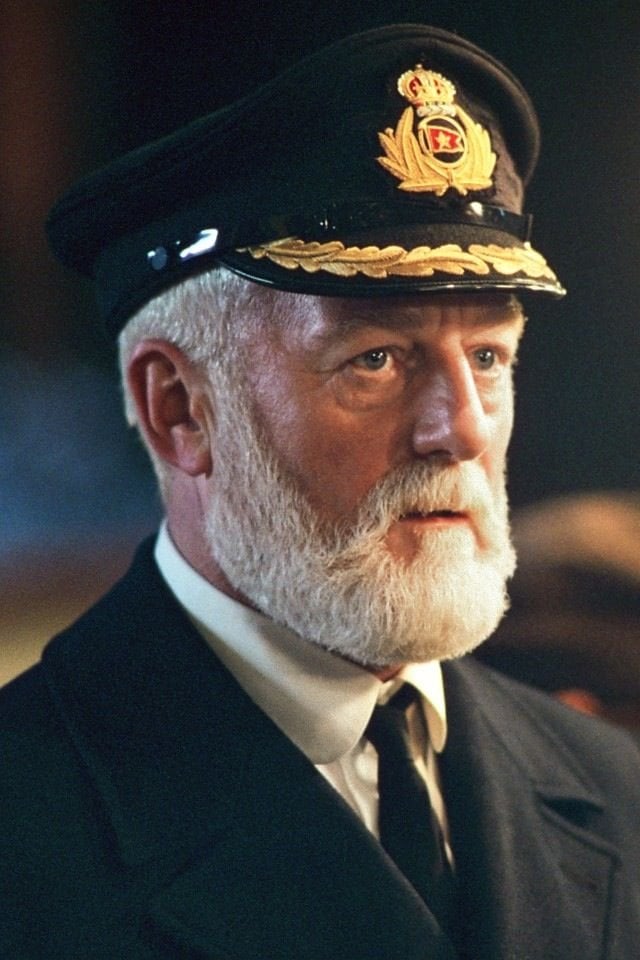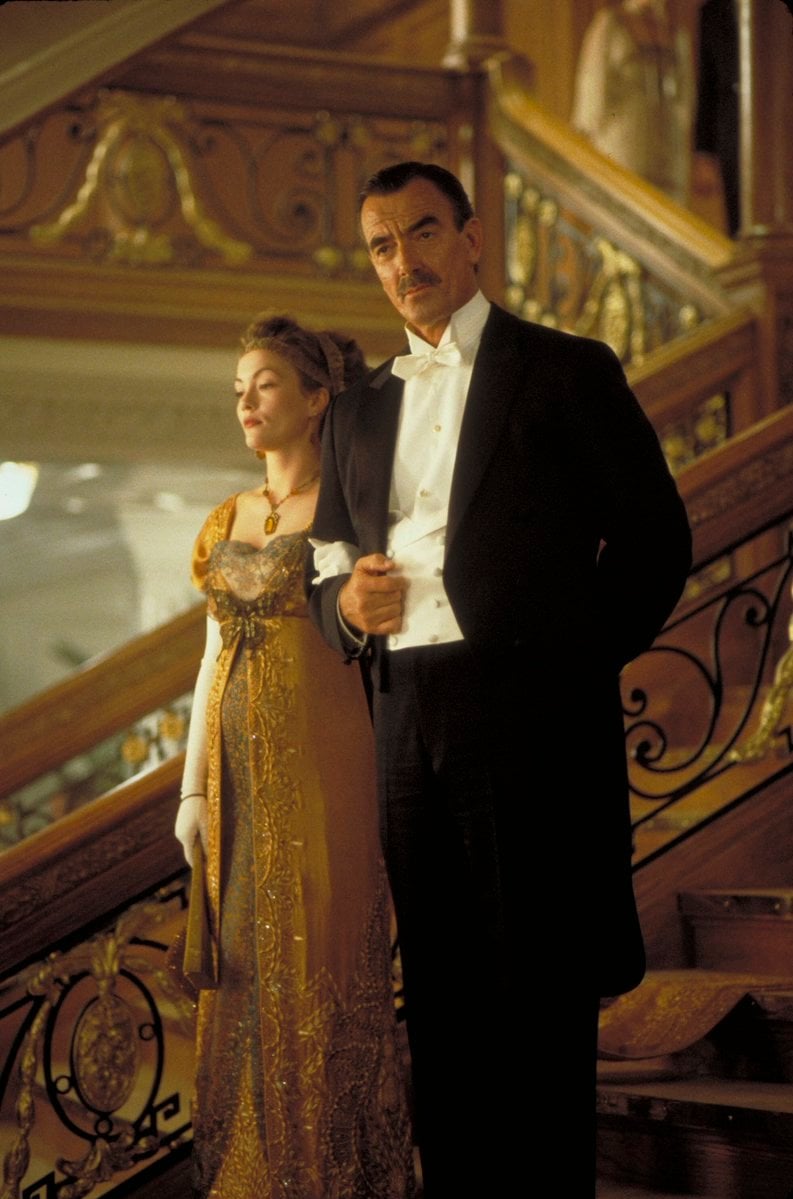
Listen to this story being read by Adrienne Tam, here.
In October last year, a New York Times Magazine feature called "Who Is The Bad Art Friend?" went viral. The piece tells the tale of Dawn Dorland, a writer who donated a kidney and posted about it extensively on Facebook, and fellow writer Sonya Larson, who subsequently penned a prize-winning short story involving a kidney donor. Larson failed to tell Dorland anything about her short story, even though she utilised aspects of Dorland's donor letter and social posts to create a character who had a "white saviour complex".
At nearly 10,000 words, "Who Is The Bad Art Friend" is practically a tome by magazine standards. It is a long and involving read, with arguably no clear hero or villain - both Dorland and Larson are simultaneously unlikable and yet begrudgingly relatable.
Like most viral pieces, the article holds a mirror up to society. The themes it encompasses are several and mostly universal - friendship, privilege, racism, bullying, and the perils of social media. Yet the biggest theme is about art imitating life, or, in this case, art "taking liberties" from life.
It's a conundrum as old as time: Who owns your story?
"What kind of question is that?" I hear you say. "I own my story, of course! It's mine!"
But is it?
Earlier this year, the streaming series Pam & Tommy was released. Starring Lily James and Sebastian Stan, the show delved into the lives of (then) married couple Pamela Anderson and Tommy Lee, and how they dealt with the fallout of their unauthorised sex tape being distributed illegally. The series, which was based on a 2014 Rolling Stone article, received critical praise and 10 Emmy Award nominations.































































































